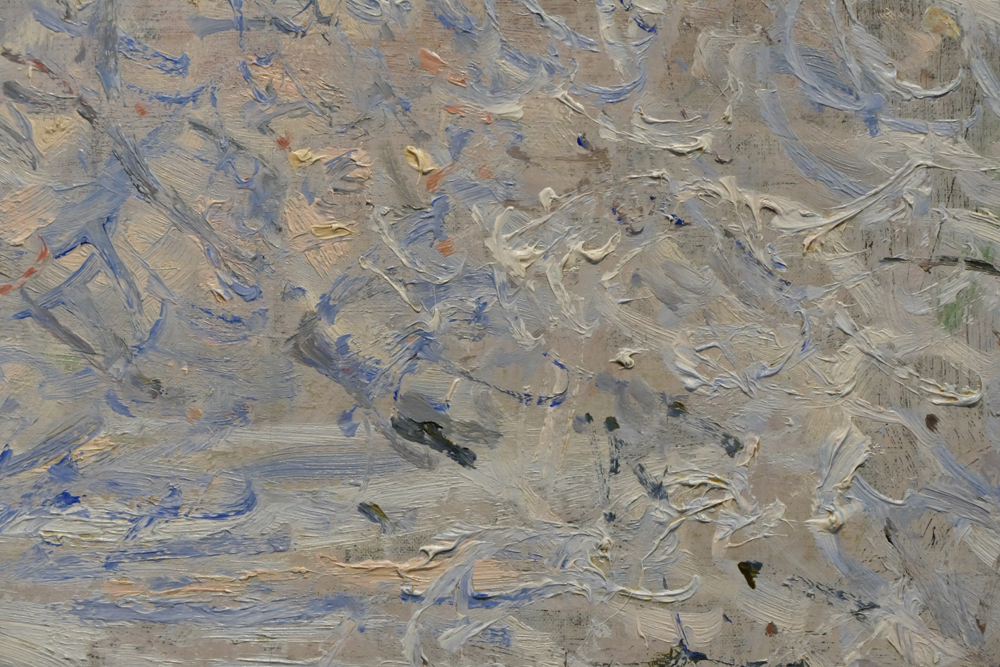Just as I was about to write this piece, a vibrant Picasso print in my living room caught my eye – a vivid reminder of the captivating world of modern art.
If you’re starting your journey into this fascinating realm, I assure you there’s so much to discover.
From the dreamy strokes of Impressionism to the abstract geometry of Cubism and the rebellious spirit of Dadaism, each movement represents a unique response to societal changes during the Industrial Revolution.
This article is designed for beginners like you keen on understanding these revolutionary movements that challenged traditional art norms and introduced innovative concepts around movement, time, and space.
We’ll delve into their distinct characteristics, notable artists like Kandinsky and Duchamp, who pioneered them, their lasting impact on contemporary art today, and how they evolved.
Welcome aboard this exciting exploration!
Above image: Detail of the painting “Frost at Giverny” by Claude Monet CC BY-SA 4.0 Via Wikimedia Commons
Key Takeaways
- Modern art emerged as a shift away from traditional styles in the late 19th and early 20th centuries.
- Major modern art movements include Impressionism, Expressionism, Cubism, Fauvism, Dadaism, and Surrealism.
- Characteristics of modern art include vibrant colors, bold brushstrokes, abstract forms, and rejection of traditional techniques.
- Modern art is influenced by the desire to explore new concepts such as movement, time, and space.
What is modern art?
You’ve probably heard the term ‘modern art’ before, but do you know what it means?
It’s a shift that began in the late 19th century when artists moved away from traditional styles and experimented with vibrant colors, bold brushstrokes, and abstract forms. They sought to capture the essence of modern society, reflecting its pace and challenges.
Major movements such as Impressionism focused on light effects and atmosphere, while Cubism favored abstract compositions. Fauvism used bright colors and simple forms for unique perspectives. Surrealism combined fantasy with everyday life, influenced by Freudian theory.
Modern art broke conventions and embraced innovation – a revolt against tradition that continues to shape contemporary art today.
Major movements
Let’s dive right in and explore the major currents that have shaped our understanding of what art can be. From the vivid brushstrokes of Impressionism to the mind-bending forms of Cubism, these movements have pushed boundaries and broadened our conception of art.
Impressionists like Monet sought to capture light’s fleeting effects, using quick strokes to depict scenes as if seen at the moment. Think sunny gardens and bustling cityscapes.
Then came Cubism, pioneered by Picasso and Braque, which dismantled objects into geometric forms viewed from multiple angles simultaneously. It was a radical departure from traditional perspectives!
Surrealism followed with artists like Dalí blending reality with dreamlike elements based on Freudian theories. Each movement challenged norms, pushing boundaries and broadening our conception of art.
What a fascinating journey, isn’t it?
Characteristics of modern art
Diving into the heart of it, we find that the beauty and intrigue of this era’s work lies in its distinct characteristics – from vibrant colors and bold brushstrokes to abstract forms that challenge your perspective.
The artists didn’t shy away from pushing boundaries, questioning tradition, and exploring new concepts like movement, time, and space. They were rebels in their own right, daring to move beyond what was accepted as ‘art’.
Picasso’s Cubist masterpieces or Dalí’s Surrealist imaginations aren’t just about appearances; they echo a deep desire to interpret reality through a unique lens.
Modern art is more than paint on canvas – it reflects an age marked by radical changes and innovative ideas.
Influence and impact
Consider the ripple effects of these groundbreaking artists and movements and how they’ve reshaped the world, coloring our perceptions and understanding with their visionary ideas.
The influence of modern art is seen in every corner of today’s society. The bold strokes and abstract forms have altered our visual language from architecture to advertising, fashion to film. It’s challenged norms and expanded our capacity for self-expression.
Artists like Picasso or Duchamp didn’t just create works of art; they provoked a cultural shift that has left a profound mark on history. Even popular culture, from music album covers to graphic design, bears traces of modern art’s impact.
Modern art hasn’t merely decorated our world; it has fundamentally transformed it.
Evolution of modern art
Brace yourselves as we peel back the layers of time to reveal the transformative journey that turned age-old conventions on their head and reshaped our understanding of what art can be.
The evolution of modern art was a rebellion against the status quo, starting with Realism’s depiction of societal realities in the 1850s. Artists began moving away from traditional styles, pushing boundaries and breaking rules.
This led to an explosion of new movements:
- Impressionism captured fleeting moments and effects of light.
- Cubism, pioneered by Picasso, fragmented objects into geometric forms.
- Surrealism combined reality with fantasy, drawing heavily on Freudian psychoanalysis.
These movements revolutionized our perception of art, challenging notions about representation and abstraction. In essence, they redefined what it meant to make art!
Impressionism
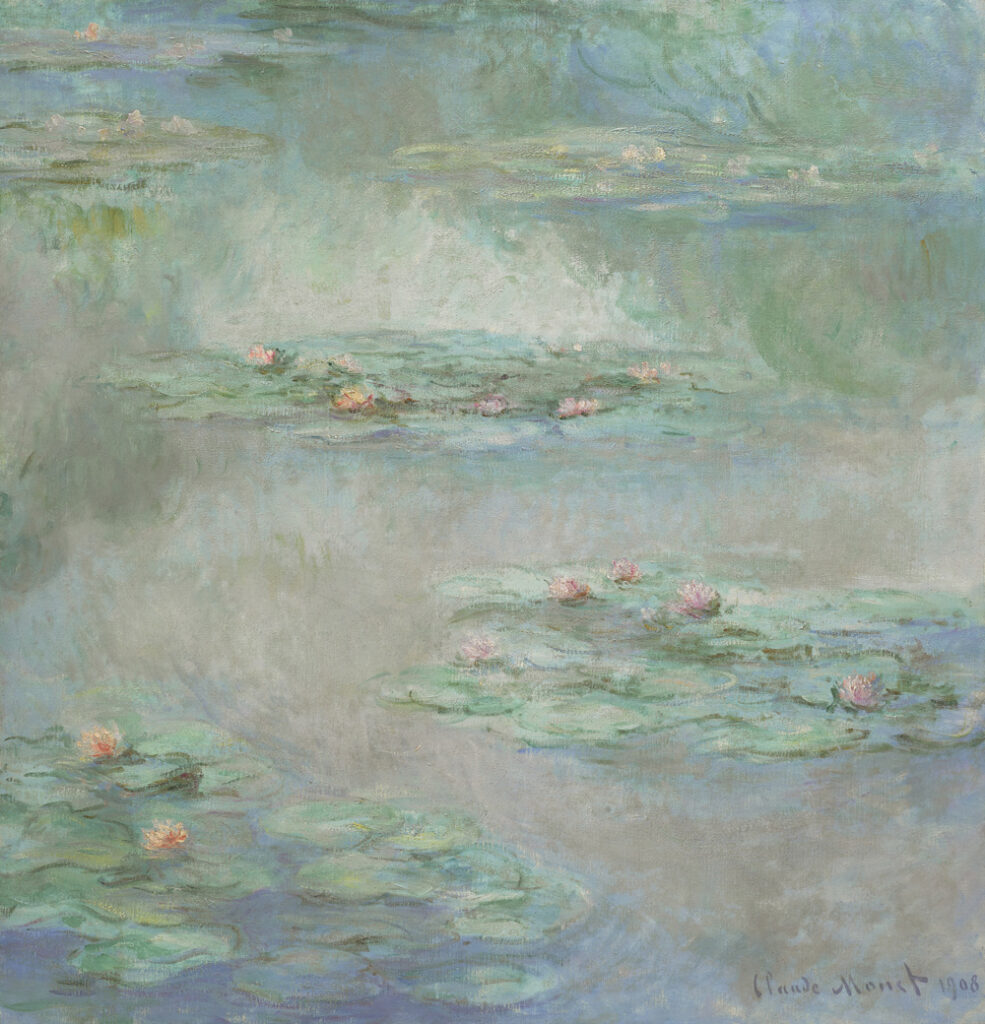
Claude Monet – Waterlilies – Nympheas (1908) / via Wikimedia Commons
Impressionism, a significant modern art movement, revolutionized the art world by capturing the fleeting effects of light and atmosphere through vibrant colors and bold brushstrokes. Led by artists like Monet and Renoir, Impressionism sought to depict the transient nature of natural light and its impact on the visual perception of the subject. This departure from traditional techniques and focus on capturing the essence of a moment profoundly influenced modern art’s development.
Cubism
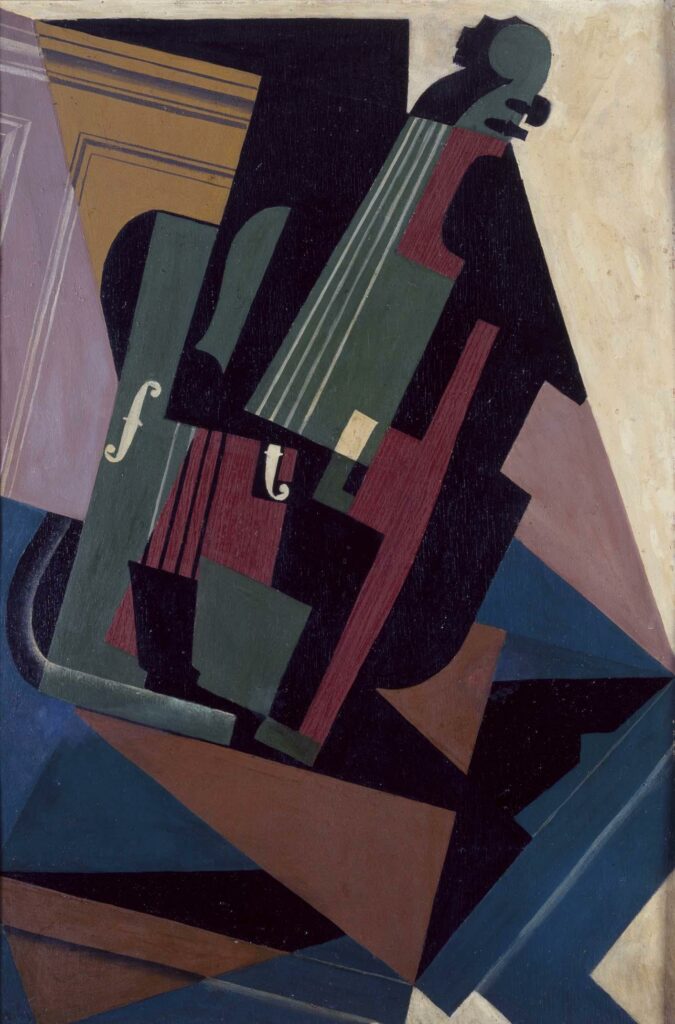
Oil on plywood painting Le Violion by Juan Gris / Source / Via Wikimedia Commons
The article explores the revolutionary art movement of Cubism, challenging traditional notions of perspective and representation through the fragmentation and reconfiguration of forms and shapes. Developed by Pablo Picasso and Georges Braque in the early 20th century, Cubism sought to simultaneously depict objects from multiple viewpoints, breaking them down into geometric shapes and reassembling them in abstract compositions. This innovative approach to art marked a significant departure from the conventions of the time and laid the foundation for future artistic movements.
Fauvism
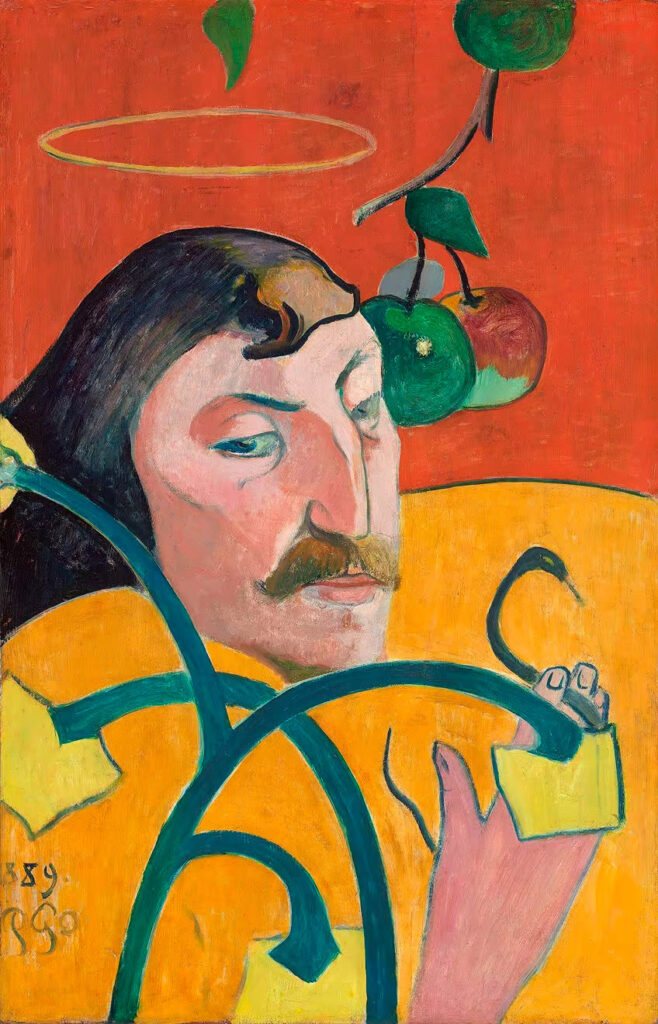
Paul Gauguin Self-Portrait with Halo (1889) by Paul Gauguin, Public domain, via Wikimedia Commons
Characterized by its vibrant and expressive use of color, Fauvism revolutionized the art world in the early 20th century, embracing simplified forms and capturing the subject’s essence through bold brushstrokes and intense hues. Led by artists such as Henri Matisse and André Derain, Fauvism challenged traditional notions of representation and pushed the boundaries of artistic expression. This movement, known for its audacious and unconventional style, continues to inspire and influence artists today.
Surrealism
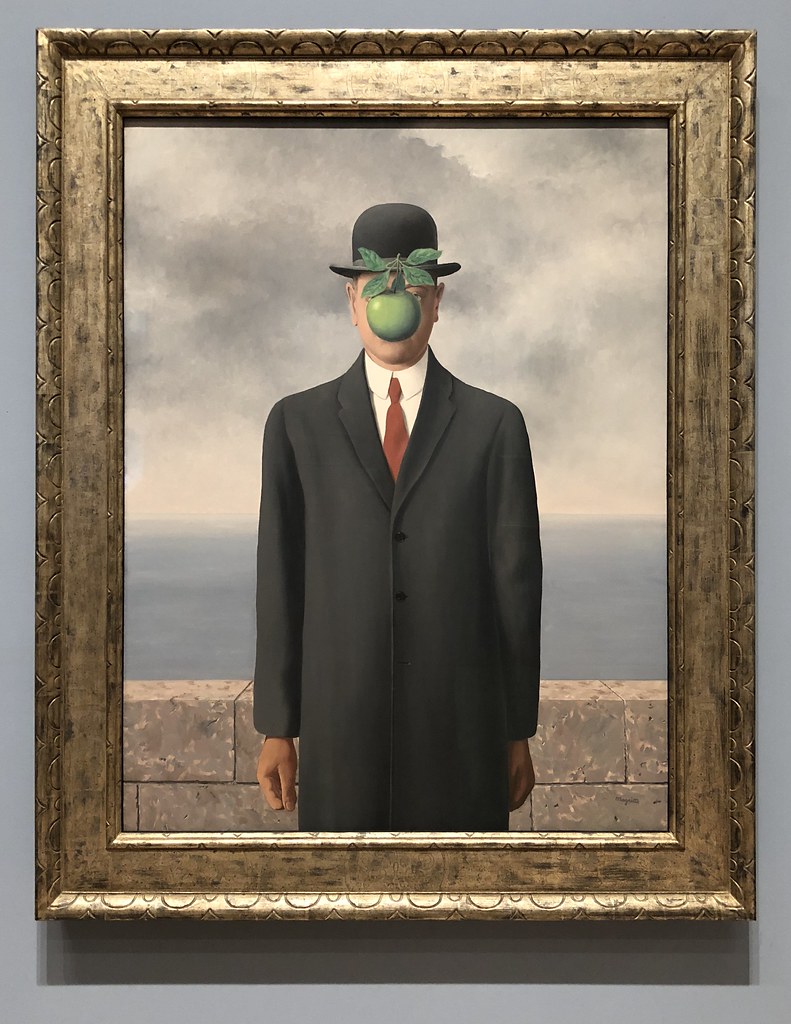
The Son of Man”, by the Belgian surrealist Rene Magritte (1898-1967)
One of the most influential art movements of the 20th century, Surrealism sought to explore the depths of the unconscious mind through dreamlike imagery and unconventional juxtapositions. Emerging in the 1920s, Surrealism aimed to tap into the subconscious, embracing the irrational and the fantastical. Artists like Salvador Dalí and René Magritte created enigmatic and thought-provoking works that challenged traditional notions of reality. Surrealism continues to inspire and captivate audiences by exploring the human psyche and its ability to evoke emotions through visual representation.
Abstract Expressionism
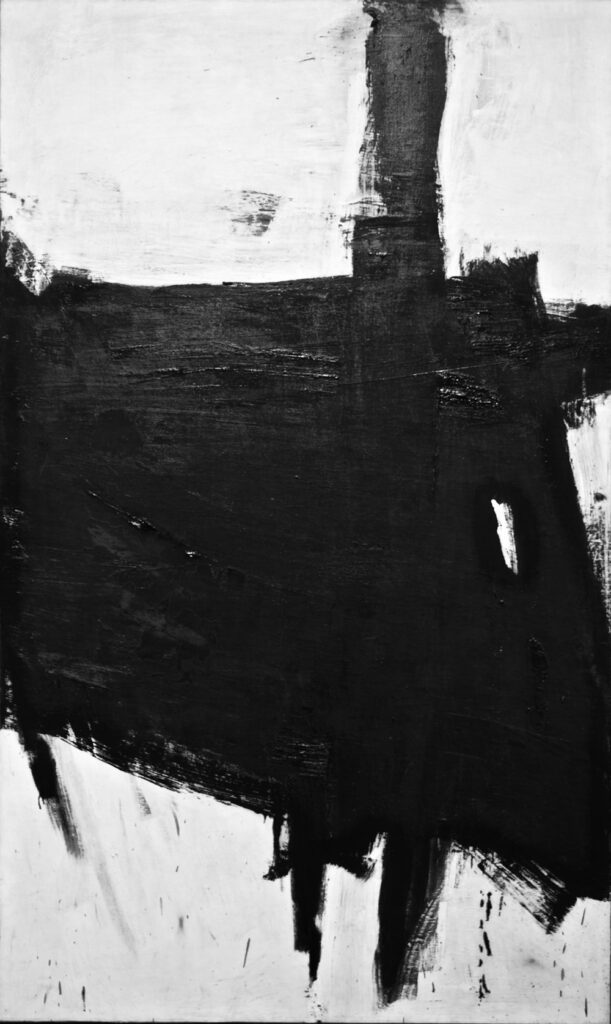
Sabra (1966) – Franz Kline / Attribution 2.0 Generic license via Wikimedia Commons
Abstract Expressionism, emphasizing spontaneous and gestural brushwork, revolutionized the art world by prioritizing the artist’s emotional expression over representational accuracy. This movement emerged in the mid-20th century and was characterized by large-scale canvases filled with bold, energetic strokes. Artists such as Jackson Pollock and Willem de Kooning became synonymous with this style, creating works conveying raw emotion and inner turmoil. Abstract Expressionism challenged traditional artistic conventions and paved the way for future artistic experimentation and freedom of expression.
Pop Art
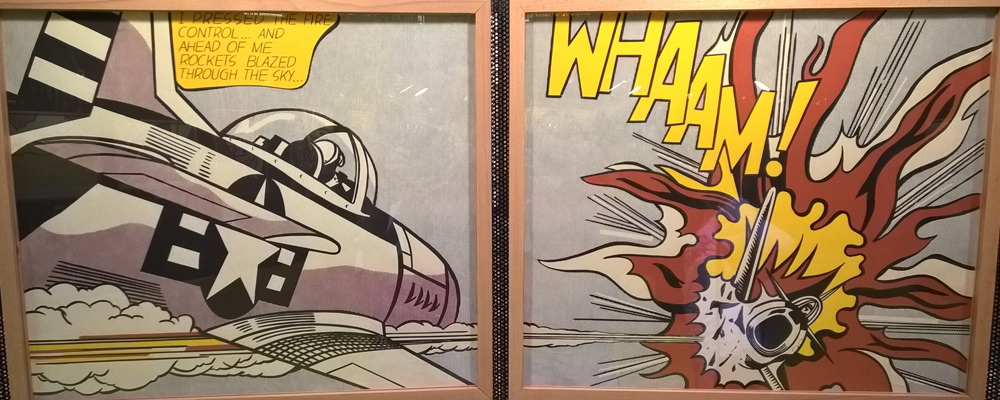
Whaam! (1963) diptych by Roy Lichtenstein; GualdimG, CC BY-SA 4.0, via Wikimedia Commons
Frequently celebrated for its bold and vibrant representations of popular culture, Pop Art emerged in the 1950s and gained significant popularity in the 1960s, challenging traditional artistic conventions and blurring the boundaries between high and low art. Artists like Andy Warhol and Roy Lichtenstein embraced mass-produced imagery and commercial techniques, elevating everyday objects and icons to the status of fine art. Through their bright colors, bold lines, and iconic imagery, Pop Art continues to captivate audiences and influence contemporary art today.

